What are pyramids?
I am sure you will be glad to know the secrets of the pyramids.
A pyramid (polyhedron in geometry) is formed by connecting base and point at the top called the apex.
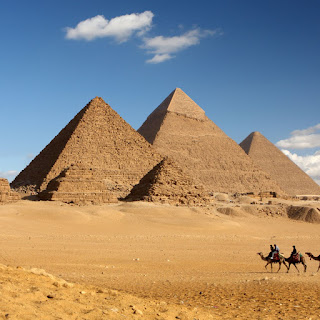
Pyramid(Greek word) is a structure whose outer surface converges and meet at a single point at the top. The base of a pyramid can be of any polygon shape (trilateral or quadrilateral). In most of the case, the pyramid has five surfaces including the base.
History of pyramids:-
To see the secrets of pyramids we have to look at his history. Who made pyramids, why were pyramids built, and how it was made.
Pyramids have been built at various times in Egypt, Sudan, Ethiopia, western Asia, Greece, Cyprus, Italy, Thailand, Mexico, and on some islands of the pacific ocean.
Those of Egypt and of Central and South America are the best known. Pyramids of ancient Egypt were built during the starting of the old Kingdom to the close of the Ptolemaic period.
Pyramid construction reached its peak was that of commencing with the 3rd dynasty and ending at roughly the 6th (c. 2686–2325 BCE).
Famous pyramids around the world.
1. Egyptian pyramids in Egypt.
Saqqara – Pyramid of Djoser
In the ancient world, Djoser was the first king to construct a limestone pyramid which is also known as the step pyramid in 2670 BCE.
Djoser builds the step pyramid in the third dynasty of Egypt who was the son of the king of the second dynasty(Khasekhemwy).
Saqqara is well known for the pyramid site because of Djoser, it is the first of the step-styled pyramids in Egypt.
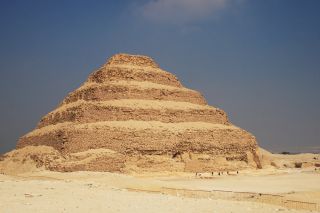
Giza – Great Pyramid of Khufu and the Pyramid of Khafre
In northern Egypt, three pyramids were built by Pharaoh Khufu on a rocky plateau on the west bank of the Nile River near Al-Jīzah in the period of the 4th dynasty.Khufu was the largest pyramid among Khafre and Menkaure. The length of each side at the base averaging 755.75 feet (230 meters) and its original height is 481.4 feet (147 meters).
Its sides rise at an angle of 51°52′ and are accurately oriented to the four cardinal points of the compass.
In this pyramid, there are three hidden chambers(burial chambers) named as queen chamber, king chamber, and one hidden chamber.
The newly discovered mysterious void is at least 100 feet long and bears a structural resemblance to the section directly below it: the pyramid's Grand Gallery, a long, 26-foot-high inner area of the pyramid that feels like a there is much empty space.

2. Sudan
The Nubian Pyramids
The great thing about the Nubian pyramids is, they are small in size but there are more no of pyramids than any country around the world.
3. Peru
Chavin de Huantar
This flat-topped pyramid is actually a huge complex developed over a few centuries by the Chavin, a pre-Inca culture, in Peru.
Inside what is now mostly the ruin of massive temples are sculptures, carvings, passages, and water channels to be used during rituals and ceremonies.
3. Mexico
Teotihuacan – The Pyramid of the Sun
The pyramid has a temple on top which is used to worship god. This pyramid is the third largest pyramid and was made in a stepped style. It was painted with lime plaster and colored murals.
Puebla – The Great Pyramid of Cholula
This pyramid is the largest pyramid of the world but not as tall as Giza. A church was built on top of it by the Spanish who mistook the overgrown grassy mound for a hill.
5. Iraq
Ziggurat of Ur
The Ziggurat of Ur is a massive structure in the form of a terraced step pyramid. Built for the Sumerian King Ur Nammu, this grand tiered structure has three layers connected by stairs plus a temple at the top.
Restored and reconstructed a few times over the centuries, today’s Ziggurat bears the scars of the Gulf War in the form of bullet holes.
6. Guatemala
Mayan Pyramids of Tikal
Tikal was a Mayan capital of great importance, which is why it is home to numerous monuments including five pyramid-shaped temples.
This ancient city remained abandoned and out of sight in a rain forest for about 800 years after which it was discovered by explorers.
Now a part of Tikal National Park, Tikal has nine Twin Pyramid Complexes. Here is an aerial view of the Mayan capital and its archaeological treasures.
7. Rome
Pyramid of Cestius
This is a classic case of having a pyramid built for yourself simply because you can. This concrete pyramid covered with marble in classic Roman style is to be found right in the middle of Rome.
It is presumed that after the Romans made Egypt a province, this Roman magistrate probably took a shine to the gigantic stone odes to pharaohs and queens and decided to get one custom made for himself.
So at a place where you expect to be overawed by amphitheaters, columns and statues rise a 121-foot high pyramid complete with inscriptions and paintings on the inner walls. Talk about whims and fancies!
How pyramids were built?
In today's world, we can see huge skyscraper buildings all over the world. Due to our latest technologies such as manpower, big and heavy cranes, strong composite materials.
we can able to make any structure in the world. But at the time of the third dynasty, there was no manpower, no cranes and no such technologies of what we had today then also Egyptians were able to build such a huge pyramid.
Even with our high-tech technology, it is impossible for us to make such a huge structure.
The great pyramid of Giza is one of the largest pyramids which has a length of each side at the base averaging 755.75 feet (230 meters) and its original height is 481.4 feet (147 meters).
It’s estimated that they were built over 4,500 years ago with over 2 million stones, and took 20 to 30 years to make.
But exactly how pyramids were built? we don't have an answer till now, there are many theories going around and we will look at them.
The water shaft theory
Around 2.3 million limestone blocks and granite were used in building the great pyramid of Giza(Khufu) some weighing as much as 80 tonnes and it took 20-22 years to complete the construction.
To complete the construction of the pyramid(2.3 million blocks) in 20 years and for this, every stone must be placed in 1.5-2.5 minutes which is impossible for a human to weight such heavy blocks of stone.

Egyptians got a solution for this problem, they made a canal from the Nile River to the construction site, and afterward, the connected this canal to limestone mine.
They used floaters to float the stone in water and floaters were made of cedar wood or inflated animal skins wrapped in papyrus.
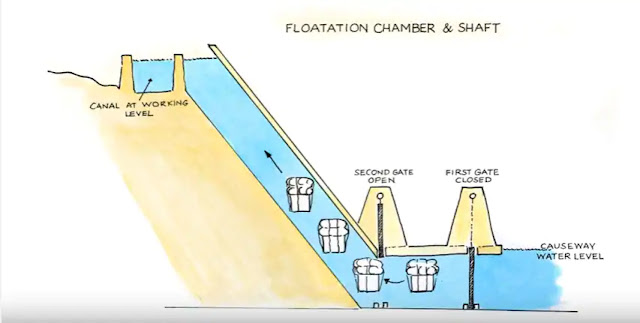
Four water pipelines were constructed to bring the stone uphill. In the pipelines, there was a series of gates who controlled the movement of stone going upwards.
This theory was believable as there was a river nearby and canals were also found but no upgoing water pipelines were found which makes a little doubtful to believe in this theory.
The Ramp theory

Once the stone is transported to the site, they made a ramp to bring the stone upward. The ramp was like a spiral ramp, zigzag ramp, or a straight ramp.
After great research, this theory also failed because, there is no evidence of ramp, and if we consider ramp then also it was not possible to lift such a 20 tons block upwards, and after all to make a ramp upwards it will require more efforts and time.
Reducing friction between block and ground by wet sand can be considered because certain proofs have been found on the wall painting in Egypt.
Orion correlation theory
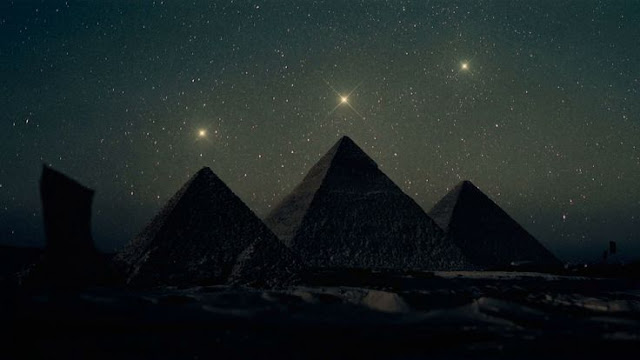
Not only this, but it has been also said that there is a correlation between the three largest pyramids in Giza and the Orion belt. Three pyramids were aligned whit the three stars in the constellation. Not only did the three pyramids match Orion’s Belt,
Mr. Bauval argued that the Great Sphinx mirrored the constellation of Leo, and the monument’s alignments to the Nile matched the positions of the stars relative to the Milky Way.
Why the pyramid was built?
1. To use as a tomb

The ancient Egyptians were one of the first civilizations to believe in an afterlife. They believed that a second self-called the ka lived within every human being.
While some say it was built to store dead bodies of king and queens in the queen and king chamber. some theories also say that alignment with the constellation is related to the ka in the body.
But this theory failed because no tomb was found in the pyramid.
2. As a Power House
The material dolomite was used on the inner surfaces of the pyramid. Dolomite is known to increase electrical conductivity, directly relative to the amount of pressure on it: high pressure creates more electrical current.
Lining the passageways and underground tunnels of the pyramid is granite, which is slightly radioactive. Granite contains high amounts of quartz crystal with metal, and it’s a well-known conductor of piezoelectricity.
The granite actually ionizes the air inside the pyramid, creating a chemical reaction, which again, increases the conductivity of electricity. When such electrons are given the chance to bypass sections of rock via metal wire, quite large currents can flow.
It could still be argued that the electrical materials used to construct the great pyramid are purely coincidental because an energy generator still requires a catalyst from another source.
Perhaps this explains why the pyramids are geographically located over a powerful natural generator: underground rivers and aquifers.
Piezoelectricity could be harnessed from the power of the current as the water flows, and it has been proven that thousands of years ago, the Nile River ran straight past the pyramids.
So if water was the source of power, it would have traveled up the limestone-based on the principle of capillary action, which happens when a small area of a substance that gets wet, absorbs into the entire area of that substance.
The tunnel leading down from the bottom of the pyramid could’ve tapped into an aquifer, channeling the water up into the pyramid, through a series of tunnels.
So, water flowing near or underneath the pyramid could have been absorbed as it passed over the limestone, even traveling upward to the top of the structure.
The quartz and the tunnels of the pyramids would be subject to the stress or vibration creating piezoelectricity.
The high force speed and the pressure of the rising water would be analogous to filling a syringe, generating electromagnetic energy within the structure by the materials within it, and conducting it upwards to the now-missing capstone.
The Great Pyramid is located at the exact point which magnifies the electromagnetic forces on the planet where telluric currents are at their strongest.
There’s an electromagnetic field at the bottom of the pyramid, which would rise to the upper layers with these chemical reactions.
We don’t know for sure what capped the pyramid, but there’s speculation that it may have been gold (explaining why it was the first thing to go missing).
If it was indeed, gold, this could have created a conductive path for energy to be directed upwards, high into the ionosphere.
Secrets of pyramids
- The weight of the stone was more than elephant i.e around 5-10 tons
- There exists an intricate web of passages, shafts, and chambers.
- The great pyramids maintain a constant inside temperature of 20 degrees Celsius.
- The tombs are aligned in north-south with an accuracy of up to 0.05 degrees.
- One of the enormous doors is a 20-ton swivel door in the great pyramid
- The limestone, when laid on the pyramids sparkled literally like diamonds when the sun would shine.
- The three pyramids of Giza are aligned exactly to be in line with the three stars of the Orion belt.
- The Great Pyramid of Khufu weighs a whopping 5750000 tons.
- The pyramid of Giza is located exactly at the intersection of the longest line of longitude and the longest line of latitude.
- At noon, during the spring, the Great Pyramid of Giza casts no shadow.
Feel free to contact us with any questions.

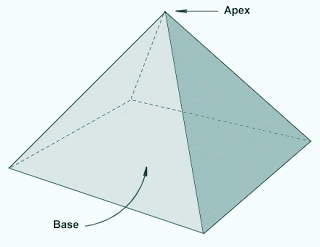

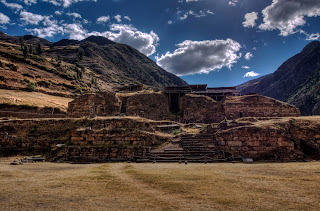
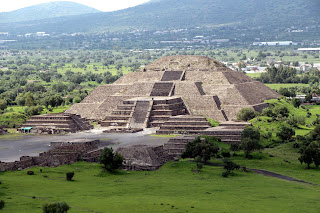
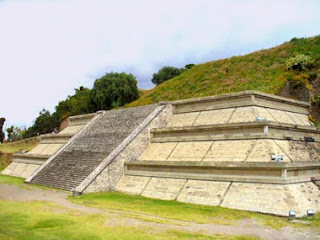


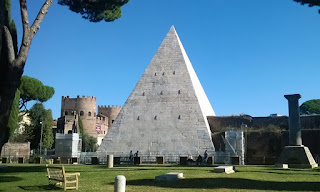
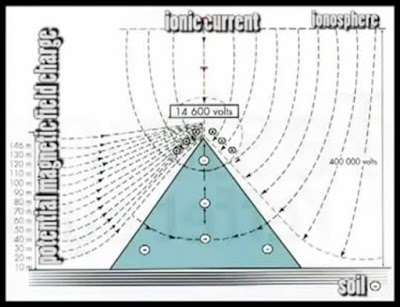
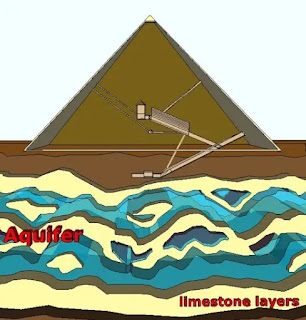

0 Comments